We explain in detail the evolution of the coup attempt in Peru on Wednesday, December 7, since President Pedro Castillo declared a state of emergency, until his dismissal and the appointment of the new president Dina Boluarte.
0:44
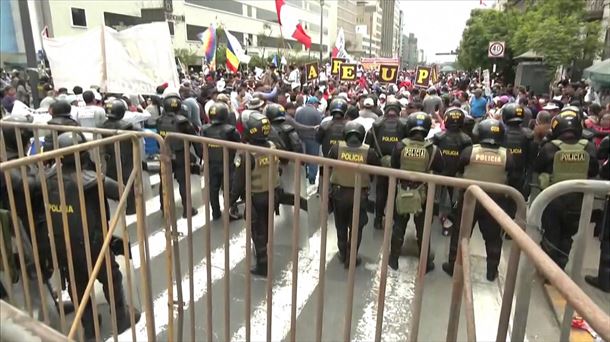

Euskaraz irakurri: Estatu-kolpe saiakera Perun: bilakaera, urratsez urrats
The citizens of Peru have lived this December 7 a day that is already part of the history of the country, the day of the coup of President Pedro Castillo, with which he was attempting his dismissal in parliament. Below we detail the development of events, from Castillo’s announcement of the emergency government to the appointment of Dina Boluarte as the first president of Peru.
Message to the nation: State of exception
the noon of Wednesday December 7hours before the Peruvian parliament debated a motion to remove him (the third), the president Pedro Castillo addresses the nation to announce the dissolution and closure of Congress and the calling of new elections. “In response to the citizen claim throughout the country, we made the decision to establish an emergency government aimed at establishing the rule of law and democracy.” Establishes a curfew between 10:00 p.m. and 4:00 a.m.
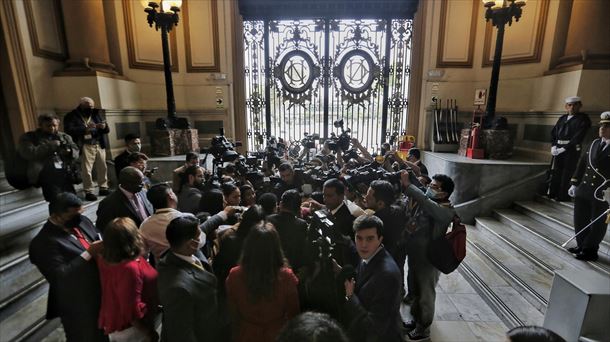
Journalists and deputies remain inside Congress. EFE
Internal complaints and resignations
After the president’s announcement, Congressmen from different benches denounce Castillo’s coup. The Peruvian vice president, Dina Boluarte, denounces that the closure of Congress and the formation of an emergency government dictated by President Pedro Castillo constitutes a “coup d’état.” Peruvian opposition leader Keiko Fujimori – leader of the Fuerza Popular party and daughter of former President Alberto Fujimori, who carried out a self-coup in 1992 – accuses Castillo of carrying out a “desperate coup” and urges Congress to dismiss him and the Armed Forces to “support the constitutional order.”

President of Congress José Williams Zapata. EFE
The representative of Peru before the Organization of American States (OAS), Harold Forsyth, resigns from his position for not being able “for moral and professional reasons, to have any connection with a regime that works based on decrees.” Likewise, Pedro Castillo’s defense attorney resigns to defend the president considering that there has been “a rupture of the constitutional order” in the Andean country. Betsy Chavezpresident of the Council of Ministers, resigns from her post.
The Armed Forces stand out
The doors of the “Rafael Hoyos Rubio” barracks in the Rimac district of Lima, where the Armored Division of the Peruvian Army and the tanks are located, are closed. The Armed Forces and Police of Peru announce that “will not abide” acts contrary to the constitutional order.
Castillo leaves the Government Palace with his family.
Citizens take to the streets
Defenders and detractors of Pedro Castillo take to the streets and there are clashes.
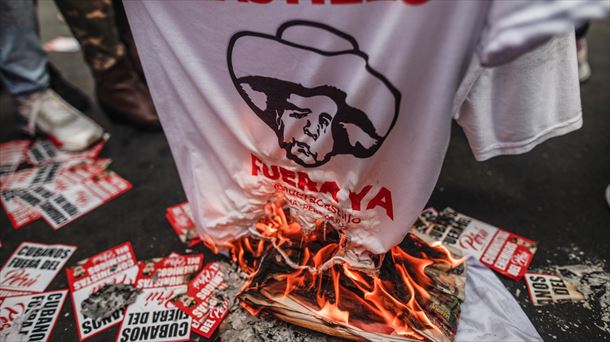
Protests against Castillo. EFE
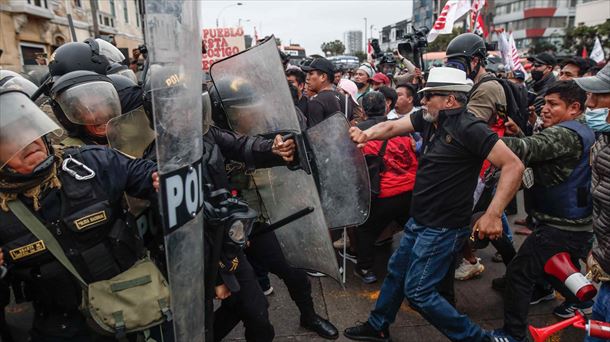
Defenders of Castillo confront the Police. EFE
international reaction
Latin American leaders (Argentina, Colombia, Ecuador, Brazil, Mexico, Uruguay) show their concern about the events and call to safeguard democratic institutions and the constitutional order.
The US rejects Castillo’s “extra-constitutional act”, and Spain condemns the “rupture of the constitutional order”.
Bolivian President Luis Arce condemns the “elite harassment” against “popular governments.” “From the beginning, the Peruvian right tried to overthrow a government democratically elected by the people, by the humble classes that seek more inclusion and social justice,” criticized the Bolivian president.
Removal and detention of Castillo
The plenary session of the Peruvian Congress dismisses the country’s president, Pedro Castillofor “permanent moral incapacity” with 101 votes in favor out of a total of 130, and quotes Vice President Dina Boluarte, to be sworn in as the new head of state.
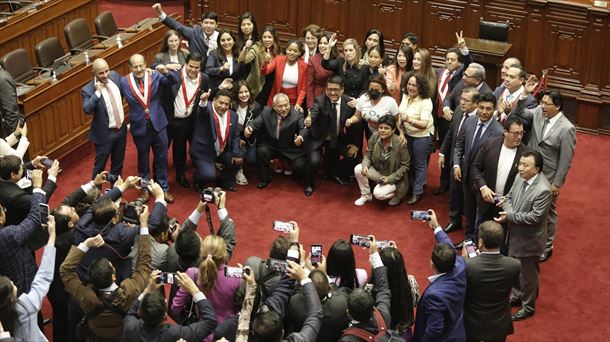
Deputies celebrate the dismissal of Castillo. EFE
The Prosecutor’s Office arrests for alleged crime of rebellion and conspiracy the already ousted president of Peru Pedro Castillo at the headquarters of the Lima Prefecture, where he had gone with his family and former Prime Minister Aníbal Torres after announcing that he was dissolving Congress, decreeing an emergency government and calling new legislative elections.
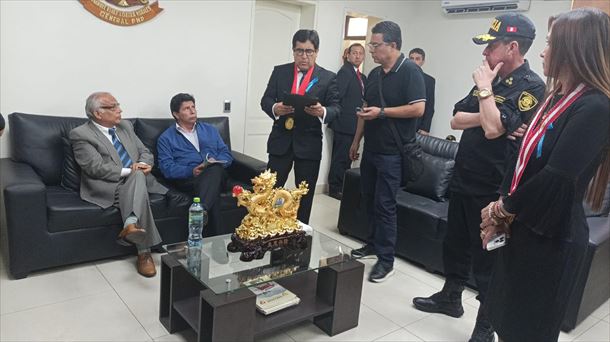
Pedro Castillo, detained in the Prefecture of Lima. EFE
Dina Boluarte, new president
The leftist lawyer Dina Boluarte is sworn in as the first female president of the history of Peru. He calls all political forces for a truce and “national unity” and promises to fight “for the nobodies and the excluded.” With the new appointment, the president of the Peruvian Congress, José Williams, considers that “the democratic and constitutional order has been restored” in Peru.
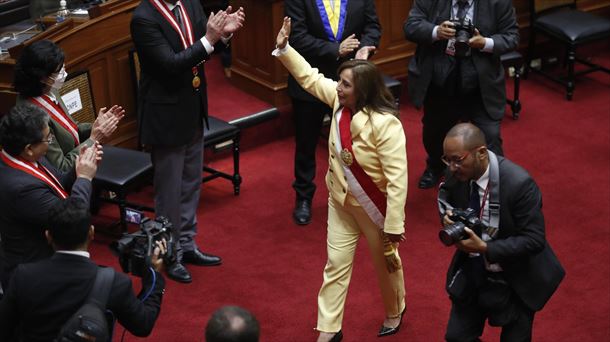
Dina Boluarte, after being named president. EFE
The Constitutional Court of Peru clarifies that the curfew decreed before President Pedro Castillo was removed by the Peruvian Congress is “unconstitutional”so it has no legal effect.
Preventive prison
The ousted Peruvian president Pedro Castilllo is taken Wednesday night to the Barbadillo prison, in the Lima district of Ate, where he will remain for 48 hours, and where former president Alberto Fuijimori is also being held, who is serving his 25-year sentence. jail.
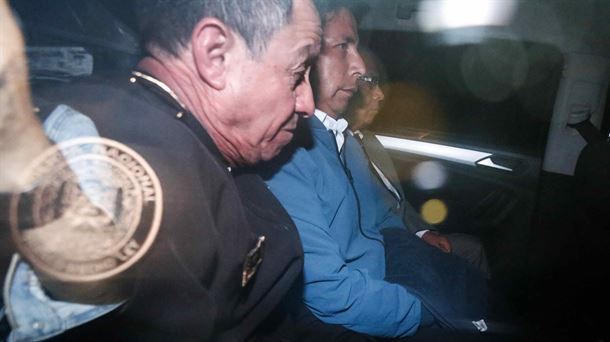
Pedro Castillo, arrested. EFE
Source: Eitb
Kingston is an accomplished author and journalist, known for his in-depth and engaging writing on sports. He currently works as a writer at 247 News Agency, where he has established himself as a respected voice in the sports industry.











